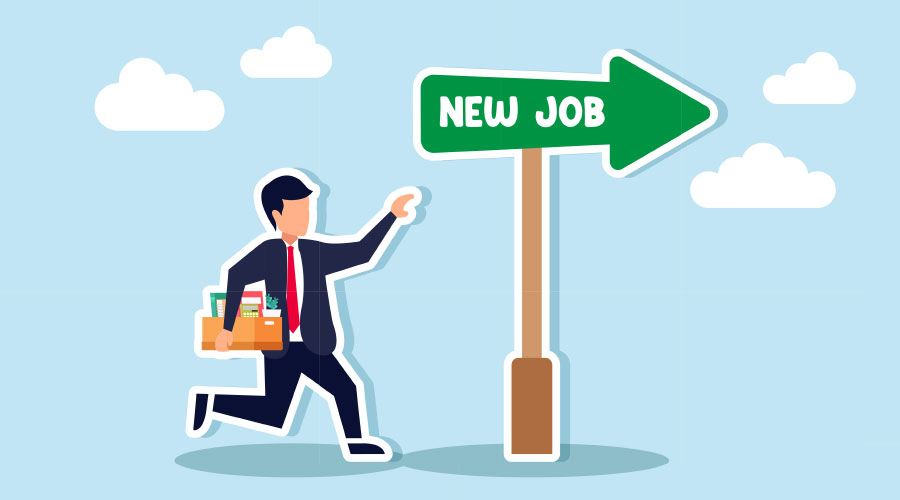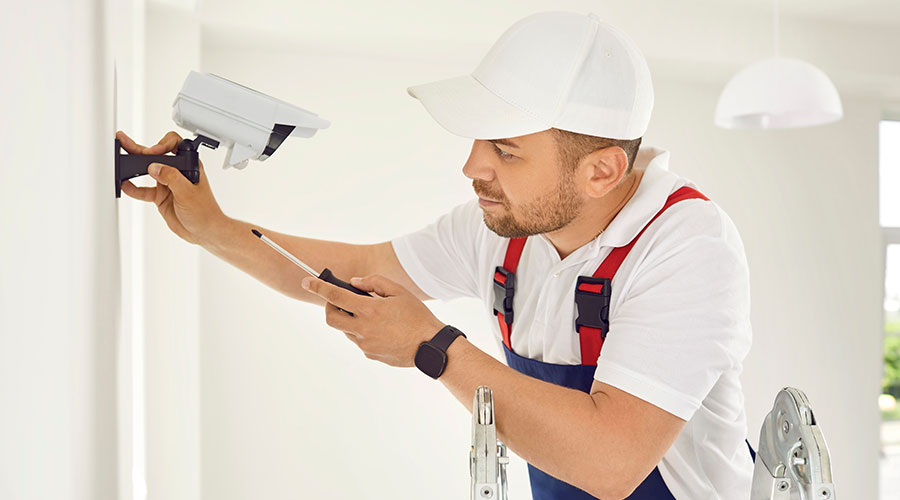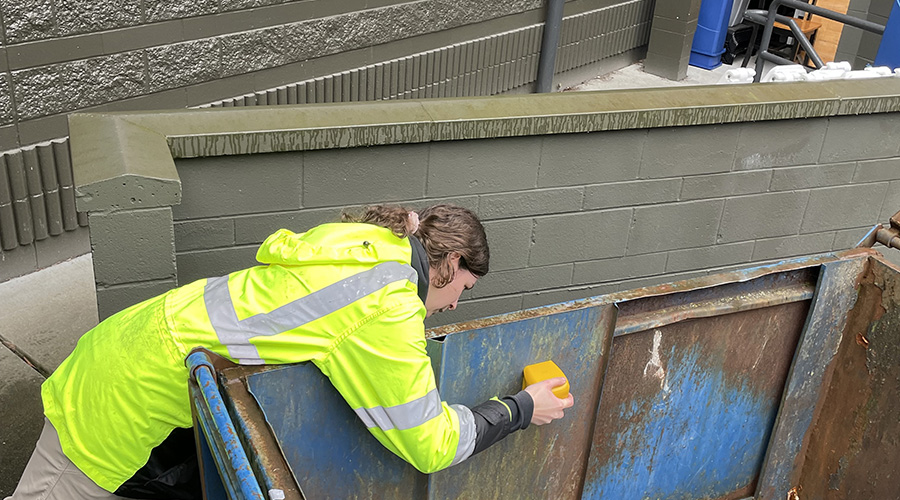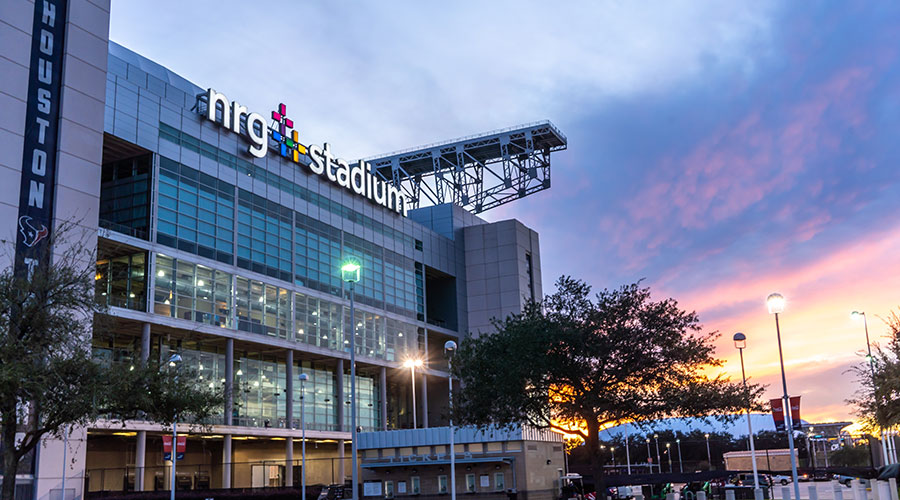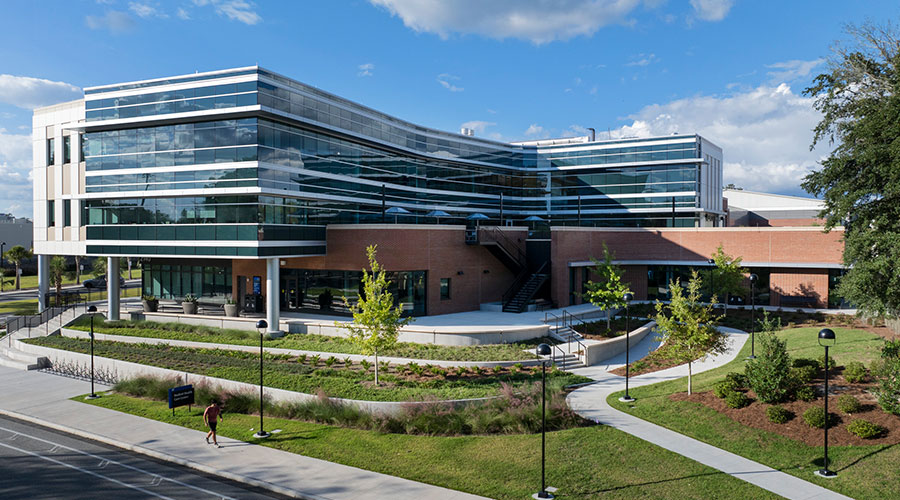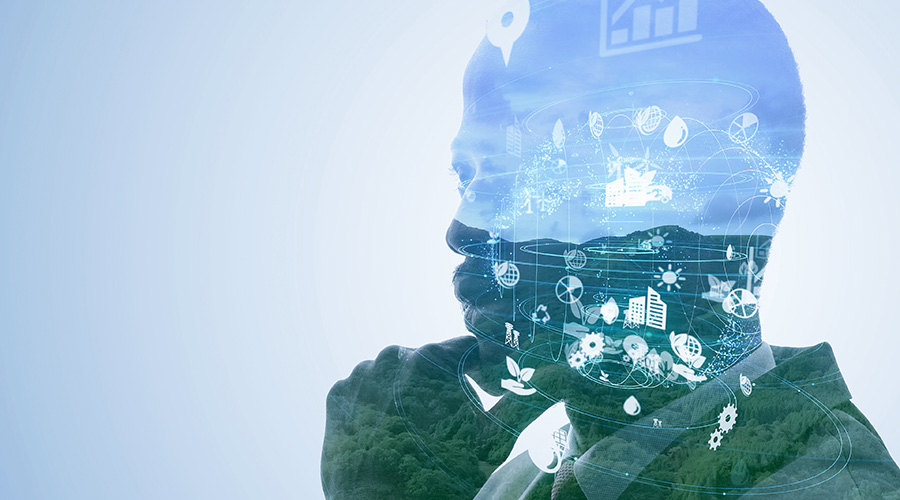LEED Version 3.0 Aims to Respond to Market’s Needs
The USGBC is developing LEED Version 3.0, which it says will align the many versions of the LEED green building rating system (new construction, existing buildings, etc.) as well as incorporate recent advances in science and technology.
The USGBC is developing LEED Version 3.0, which it says will align the many versions of the LEED green building rating system (new construction, existing buildings, etc.) as well as incorporate recent advances in science and technology.
USGBC says the process will involve continuous improvement to LEED standards, creating a more flexible and adaptive program that will allow incorporation of new knowledge to respond to the market's evolving needs.
The new version of the LEED program may include scientific and technical changes to the rating system, such as basing credits on Lifecycle Assessment and introducing bioregional weighting. Other questions being tackled include:
• Performance: What technical and scientific innovations to both the content and structure of the LEED rating system will create better, greener, more sustainable buildings?
• Transformation: How can LEED’s applicability be improved for more of the marketplace, with a focus on market transformation?
• Customer Experience: How can LEED work better for the people and organizations who use it, always maintaining technical integrity and rigor, while reducing costs?
Input from leaders in the building and environmental communities, along with workshops through local chapters, has shaped the process. Contact your local chapter to learn more about opportunities to participate.
The initial scope and workplan for the development of LEED 3.0 will be published at Greenbuild 2006 in Denver, USGBC says.
Related Topics:






